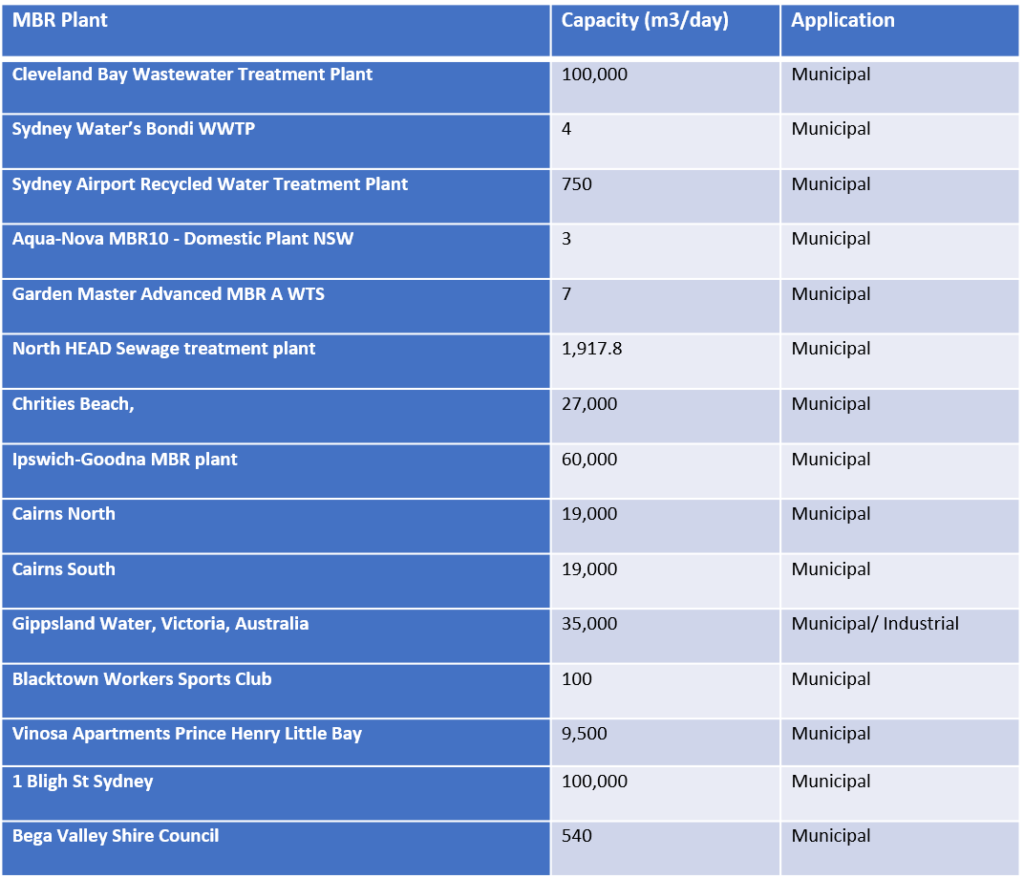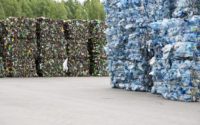How is Membrane Bioreactor (MBR) Aiding Australia To Cope With Water Scarcity?
Australia Water Scenario:
After Antarctica, Australia is known as the second driest continent in the world. Apart from the prevailing water scarcity conditions in the continent, Australia’s climate is also characterized by highly variable rainfall patterns, including prolonged periods of drought. Moreover, the continent is witnessing frequent cases of bush fire, dust storms, cyclones and heatwaves, which are further contributing to the degradation of water quality in the country. Consequently, the frequent occurrence of natural calamities in the country are giving rise to degraded water quality due to increasing TOC and DOC levels.
Effect of Natural Calamities on the Water Quality in Australia

In addition to this, the expanding agriculture sector and stringent government norms regarding treated wastewater are propelling the Australia Membrane Bioreactor market.
Key Drivers in Australia Membrane Bioreactor Market:
Growing water scarcity is a primary concern for Australian Government and is catalyzing the demand for advanced wastewater treatment equipment across the nation. In addition to this, several other factors are responsible for the exemplary growth in Australia Membrane Bioreactors Market such as:
- Water recycling initiatives: The imposition of strict regulations related to the wastewater discharge into the receiving waterbodies and the rising scarcity of freshwater within the nation is aggressively driving the installation of membrane bioreactors at municipal and industrial level. The ability of MBR systems to provide superior quality of treated water is accelerating its usage for recycling and reusing water. As the MBR permeate is verified and tested for low concentrations of solids & pathogens as well as minimal phosphate concentrations, the membrane bioreactors are widely gaining recognition as an effective and highly potent wastewater treatment technology for water reclamation processes across Australia.
- Financial considerations: The declining membrane cost coupled with the escalating civil construction costs for sewage/effluent/wastewater treatment plants are altogether driving the acceptance of membrane bioreactors across Australia. The lower operating expenditures associated with MBRs due to lower electricity consumption is the primary factor responsible for steering growth in Australia Membrane Bioreactor Market.
- Space constraints: Apart from cost, another challenge associated with the construction of new wastewater treatment plants in Australia is the availability of space. On account of huge number of population residing in coastal areas, the legislative barriers to approvals for new wastewater treatment sites are becoming rigorous in Australia. The rising construction cost of WwTPs in remote locations, complicated local planning regulations and community opposition are increasing the footprint of compact membrane bioreactors and emergence of package MBR plants at industrial sites, making MBRs more attractive than conventional biological processes.
Conclusion:
Australia Membrane Bioreactor (MBR) market is expected to showcase significant growth during the forecast period. Owing to the increasing demand for superior quality and effectively treated effluent by the expanding agriculture sector of the nation, the demand for advanced wastewater treatment systems such as MBR is gaining pace in the country. Apart from high demand for treated effluent in non-potable applications such as agriculture and industrial uses, the severely stressed water supplies due to frequent occurrence of natural calamities is further contributing to the adoption of MBR in Australia. Moreover, stringent environmental regulations such as strict license agreements by Environmental Protection Agency (EPA), particularly around Great Barrier Reef region and Australia’s Class A Recycled Water Standard would catalyze the growth of MBR installations in Australian WWTPs, through 2026.
Request for Sample Report Today!
Partial List of Installed Membrane Bioreactors in Australia




